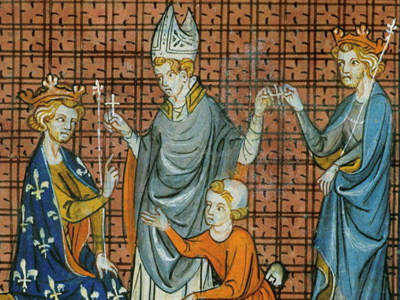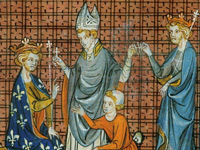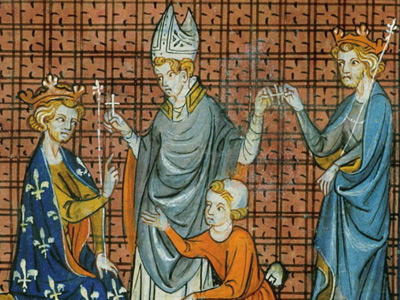Third Crusade (1189–1192)

Battle of Arsuf
After the capture of Acre, Richard decided to march to the city of Jaffa. Control of Jaffa was necessary before an attack on Jerusalem could be attempted. On 7 September 1191, however, Saladin attacked Richard's army at Arsuf, 30 miles (50 km) north of Jaffa. Saladin attempted to harass Richard's army into breaking its formation in order to defeat it in detail. Richard maintained his army's defensive formation, however, until the Hospitallers broke ranks to charge the right wing of Saladin's forces. Richard then ordered a general counterattack, which won the battle. Arsuf was an important victory. The Muslim army was not destroyed, despite the considerable casualties it suffered, but it did rout; this was considered shameful by the Muslims and boosted the morale of the Crusaders. Arsuf had dented Saladin's reputation as an invincible warrior and proved Richard's courage as soldier and his skill as a commander. Richard was able to take, defend, and hold Jaffa, a strategically crucial move toward securing Jerusalem. By depriving Saladin of the coast, Richard seriously threatened his hold on Jerusalem.
HISTORY

RESOURCES
This article uses material from the Wikipedia article "Third Crusade (1189–1192)", which is released under the Creative Commons Attribution-Share-Alike License 3.0.
© Stories Preschool. All Rights Reserved.






